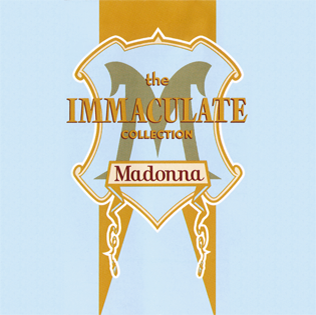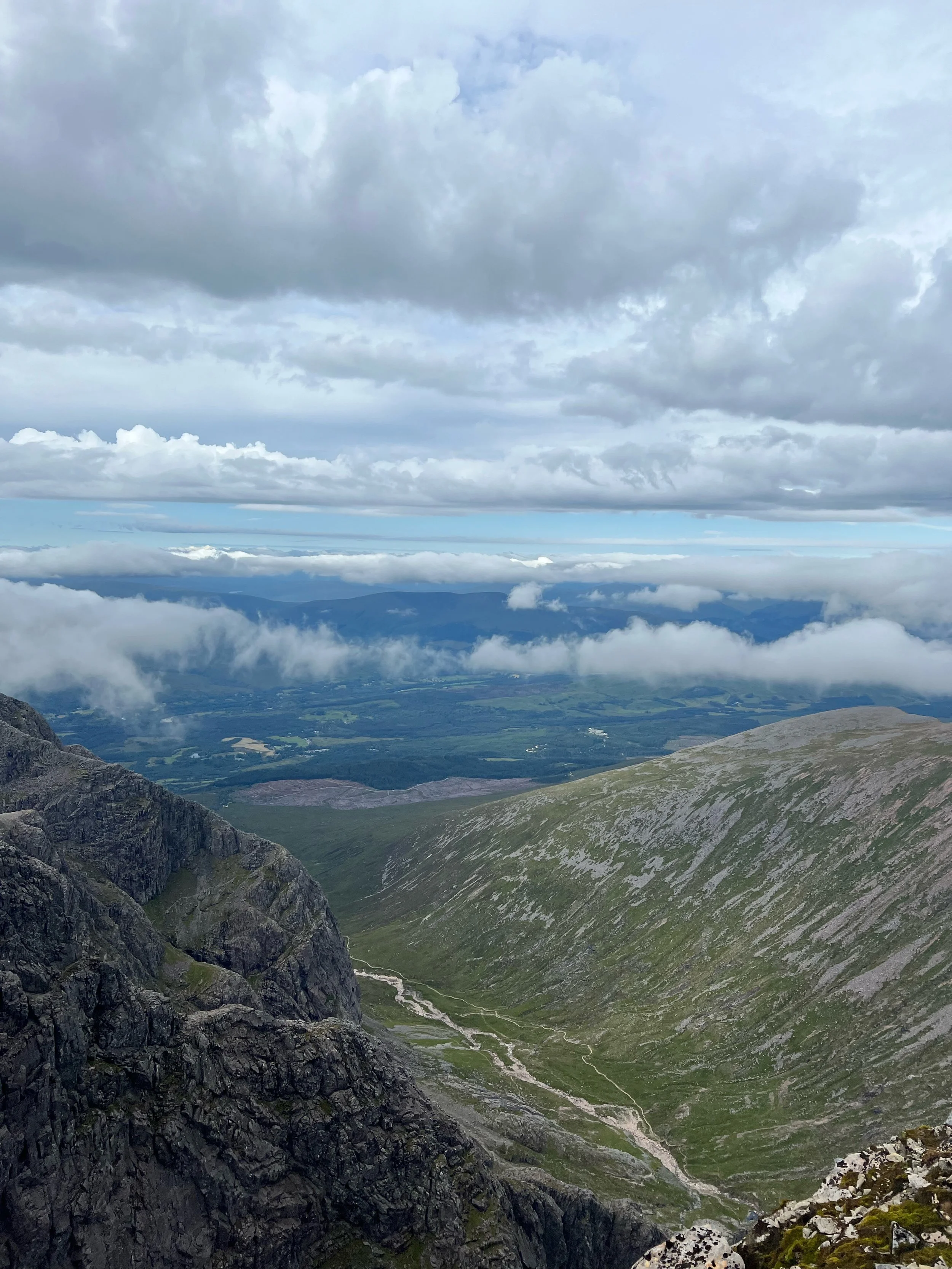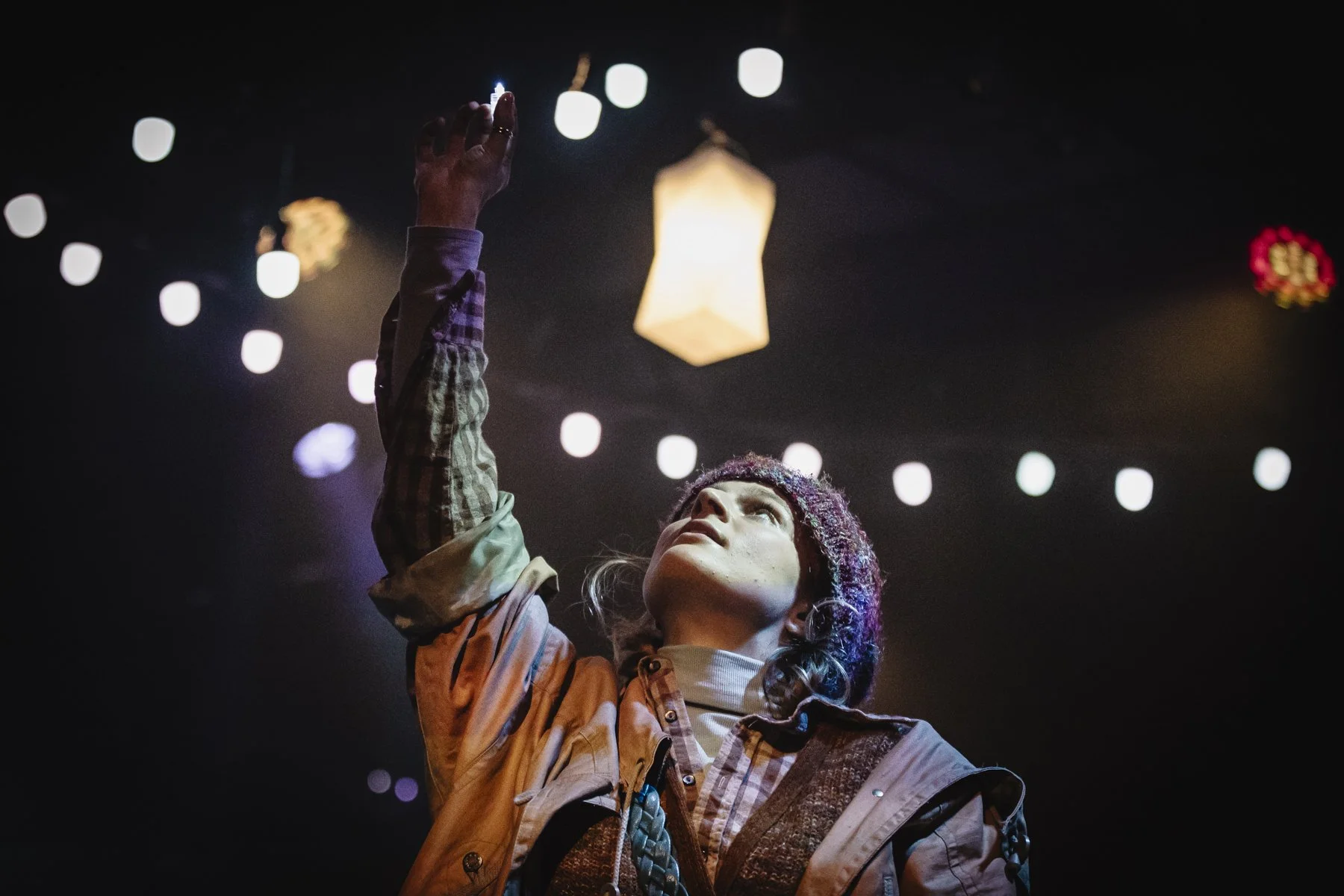30 Years on From Madonna’s Immaculate Collection
Madonna arrived on the pop music scene in 1982 and spent the rest of the decade transforming herself from big-music-machine commodity to the undeniable icon of self expression we know today. The Immaculate Collection dropped in 1990 and was her first ever greatest hits album mapping her evolution perfectly.
30 years on from its release I want to take you on a rediscovery of the album and highlight its progressive influence as well as the harsh light it shines on how far society still has to go. Apologies in advance that these songs will be stuck in your head for the foreseeable!
The Immaculate Collection has sold over 31 million copies worldwide and is still the best selling compilation album by a solo artist ever. It is a collection of 17 of Madonna’s best known hits including the perfect ‘80s pop of Holiday, Lucky Star and Cherish. By the mid-80s Madonna began to attract controversy with hits like Papa Don’t Preach and Like A Virgin and her videos like Open Your Heart began to show a much more sexually liberated Madonna.
There are three songs and videos in particular that really encapsulate Madonna’s very particular bold brand of self-confidence and demonstrate how she hoped to use her influence and platform to start conversations and enact real change.
Material Girl (1984)
I’m starting off with the 80’s view of feminism in the landmark Material Girl video featuring famous choreography from Kenny Ortega. In it we see Madonna pay homage to Marilyn Monroe in the 1953 movie Gentlemen Prefer Blondes and unashamedly granting herself that same icon status as Marilyn and revelling in the comparison.
From the pink satin dress and red lips to the blonde hair and jewels, Madonna’s whole look in the video is the epitome of old Hollywood feminine glamour. Yet, far from being the damsel seeking her rich Carey Grant, Madonna owns not only the power but also the money in the video. She demands more from the men around her and has that most coveted of female privileges, choice.
Watching the video now, it’s difficult to imagine that there would be any outrage caused by a woman being overtly materialistic or flaunting her wealth but that is precisely what critics chose to focus on. We celebrate and encourage female wealth and power now. But in the 80’s the ultimate double bind for women was the expectation that they should be striving for independence but would be demonised for it once they had it. The irony of the song and it’s visual presentation was lost on many music critics at the time who simply wanted to flatten Madonna into a dangerously liberated woman.
Like a Prayer (1989)
Madonna uses an undeniably euphoric cocktail of pop and gospel for almost 6 minutes to confront many taboos that ‘80s America simply wasn’t ready for. Like A Prayer is arguably the most controversial video of Madonna’s career and the one that feels most pertinent to a 2020 audience. In particular just how little progress seems to have been made on the issues it raises.
Banned in Italy and condemned by the Pope here are just a few things to look out for when watching the video:
Comparisons of female actors including Madonna to Jesus
A saint portrayed by a black actor
Interracial relationships
A non Catholic choir singing in a Catholic church
Police brutality and wrongful arrest
Madonna dancing in front of burning crosses
Religious iconography had been a favourite motif of Madonna’s from the beginning. Large crucifix earrings and necklaces featured in many of her videos and the memories of Catholic upbringing she later abandoned led to the inclusion of shame at pregnancy before marriage in Papa Don’t Preach and the uncomfortable glorification of purity in Like a Virgin.
Madonna’s feelings about religion are laid bare in Like A Prayer and conservative America were not happy. But watching now the eye closely follows the story of racial injustice throughout the video and it is disappointingly similar to scenes we’ve all been familiar with in very recent times. Perhaps more than any of Madonna’s videos this one in particular shows us how much work we still have to do.
Vogue (1990)
“Vogueing” was developed in Harlem in the ‘80s within the black and latino LGBTQ+ dance communities as a way of accessing the glamour and opulence of the ‘20s and ‘30s which they simply did not have access to any other way. For the Vogue video Madonna chooses to hand the stage and spotlight largely to black, asian and latino dancers and presents the mainstream with a culture they had never seen before.
As in Like A Prayer Madonna had the ability to tune into emerging important conversations and give them a platform. In ‘80s cinema black characters were usually portrayed negatively as gang members or similar but in Vogue we see the dancers in powerful poses in beautiful clothing looking incredibly stylish, liberated and strong.
This video more than any of her others feels as if it could have been made and released today. It is timeless and beautifully shot and one of Madonna’s best examples of boundary breaking self expression.
As with all art it’s difficult to quantify its impact but there is no doubt that Madonna was one first pop stars to blend together undeniably brilliant pop music with the contentious issues of the day and have people sit up and pay attention. Madonna created and then followed her own blueprint for what a pop star could and should be: bold, brilliant, ambitious, consistently innovative and constantly evolving.
Help us keep the City Girl Network running by supporting us via Patreon for the price of a cheap cup of coffee - just £2 a month. For £3 a month you can also get yourself a Patreon exclusive 10% off any of our ticketed events! You can also support us by following us on Instagram, and by joining our City Girl Network (city wide!) Facebook group.
Written by Ali Critchley












